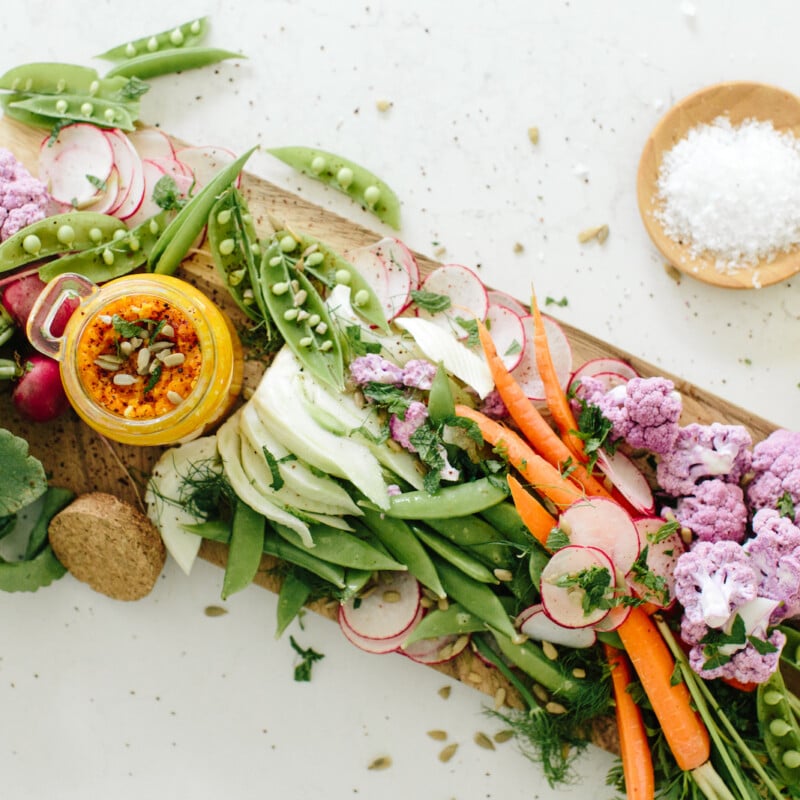

In the pursuit of clear, glowing skin, we often think external before we think internal. We spend hours scouring the internet for the best of the best: acne-prone skin products, hydrating moisturizers, anti-aging saviors, and more. While an intentional skin care lineup can be life-changing, it’s only as good as what’s on your plate (and for that matter—in your water bottle). Food fuels your inner-being, but it also impacts the outer fabric of your body, too. A healthy complexion begins on the inside. Our skin reflects what we eat. So it comes as no surprise that a healthy, antioxidant-rich diet can lead to healthy, clear skin. And who doesn’t want that? So here’s the real question: Can you banish acne with what you eat? While skin health is a combination of habits, one thing is for certain—our skin functions best when we provide it with balanced and nutritious food. In today’s article, we’re digging into food’s impact on skin. Plus, we’re sharing a simple, delicious acne diet plan. Taking care of your skin never tasted so good.

Edie is the founder of nutrition coaching business, Wellness with Edie. With her background and expertise, she specializes in women’s health, including fertility, hormone balance, and postpartum wellness.
Here at Camille Styles, we’re unabashed skin care lovers. We talk about skin care like we talk about food–after all, it’s both fun and functional. What goes in—and on—our skin is essential to our well-being. Though we care deeply about these things, we don’t have perfect skin. No one does! Acne, blemishes, wrinkles, and dark spots are a part of the human experience. At any rate, it’s helpful to understand where these skin conditions come from—particularly, acne.
Acne is thought to develop because of a combination of factors. Think: too much oil in the skin, clogged skin pores, bacteria, and inflammation. Hormonal changes, of course, can have a significant impact on acne, too. Hormones affect oil production in the skin. Furthermore, some medications can cause acne, along with hair and skin care products (the more natural, the better!). Last but not least, everything from genetic factors to pollution, smoking, and stress have been linked to acne.
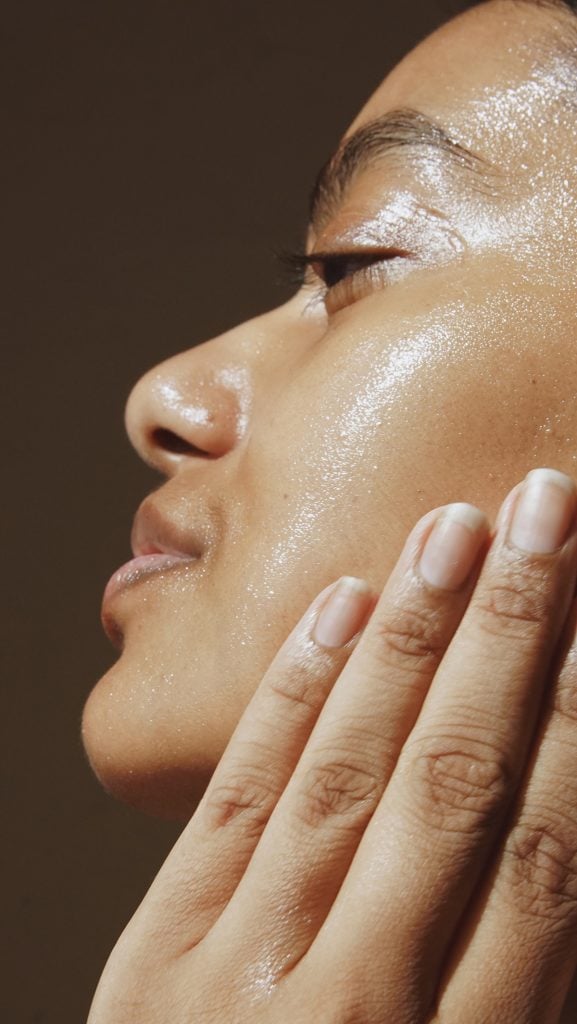
All of that said, we can’t talk about acne without talking about food. Diet matters. In fact, certain foods can promote inflammation throughout the body, thus triggering acne outbreaks. While the current research only detects an association between diet and acne—and not a causation—there’s still plenty of anecdotal evidence to suggest the correlation between food and breakouts. Most of us have been there: We eat more processed or sugary foods than normal, and two days later, we wake up with blemishes.
Interestingly, a relatively new study found a correlation between the chances of having acne and the consumption of the following foods:
To summarize: a higher intake of high-fat, high-sugar foods was associated with a higher incidence of acne. That said, it’s important to note that dietary records can be faulty. It’s also possible that other factors were at play as well (pollution, hormonal changes, stress, lack of sleep, etc.).

When it comes to foods that cause breakouts, it varies. Just as it takes time and attention to figure out which foods do and don’t work for your digestion, the same goes for breakouts. We are all bio-individuals—your breakout triggers might be very different from your coworker, best friend, or sibling. Simply observing how your skin reacts to everything from yogurt and cereal to cake and hot dogs is helpful in distinguishing what makes acne worse. Generally speaking, foods with a higher sugar content can cause a rise in insulin levels. When insulin is high, it alters other hormones that can affect the skin.
Speaking of insulin, sugar can be an acne culprit. When we consume refined sugar (think: cane sugar), we’re consuming refined carbs. And these carbs are quickly absorbed into our bloodstream, raising blood sugar levels. The increase in insulin levels also pushes the excess sugar into your cells, which can lead to inflammation and potentially turn into acne.
Along with sugar, refined grains and refined white flour can make your blood sugar spike. That’s because simple carbohydrates, like white bread and pasta, are easier for your body to turn into glucose. Glucose is the sugar your body uses for energy. However, carbs that come from slowly-digested foods, like vegetables and whole grains, take longer to turn into glucose. Their fiber keeps them lower on the glycemic index. Routinely consuming high-glycemic foods, without pairing them with protein and healthy fats, can lead to raised blood sugar levels. Which can impact hormones. Insulin makes androgen hormones more active, leading to faster cell growth and sebum production–which leads to acne.
All milk (including organic milk!) contains hormone triggers that could lead to acne, including the precursors to testosterone and other androgens (known as male hormones). However, keep in mind that while cow’s milk and whey protein may increase the risk of developing acne, there’s little research to prove that products made from milk, such as yogurt or cheese, lead to more breakouts. If dairy is a regular part of your diet, and you currently experience chronic acne, you might want to try cutting it out for a few months. Try switching to low-glycemic milk alternatives, such as unsweetened almond, hemp, or coconut milk.
For decades, we’ve been told that chocolate and greasy foods are acne villains. Turns out, that’s not the case. In fact, no modern science has found a clear link between acne and fatty or oily foods. While this isn’t your free pass to load up on cheeseburgers, fries, and chocolate cake every day, rest assured you can have healthy skin and enjoy life’s most crave-worthy foods. Yes, an acne diet plan can include your favorite chocolate-y energy bites and chocolate chip cookies.
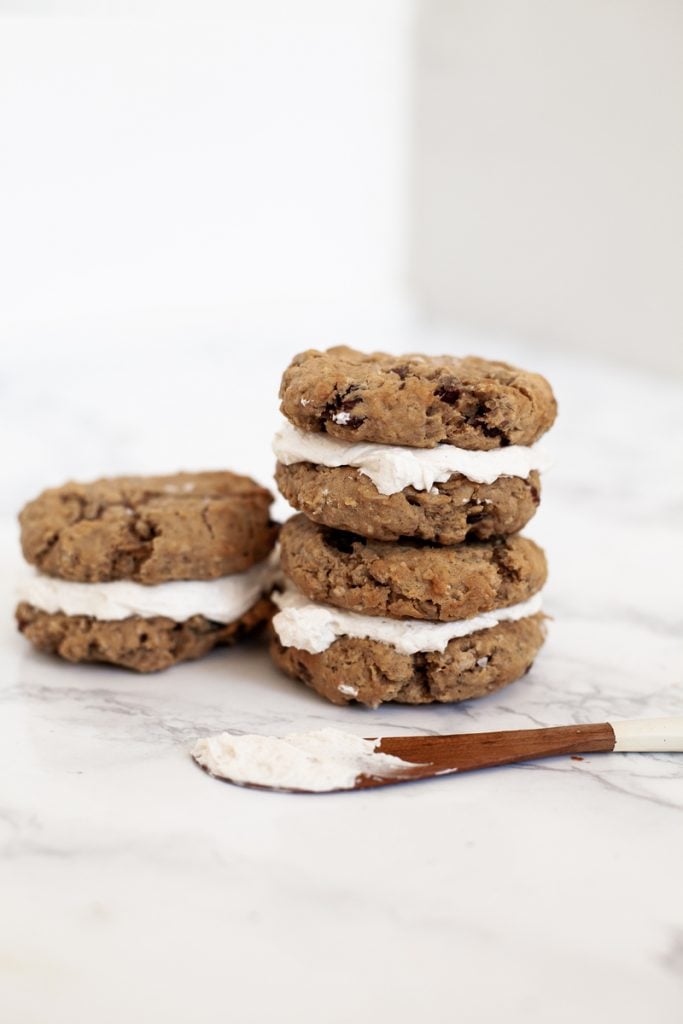
On a routine basis, supporting your skin requires supporting your cells. Said differently: We want to focus on eating real, whole foods—foods in their most natural state. These ingredients are natural, simple, and come from the earth (or they eat what grows on the earth). These foods have existed for thousands of years, nourishing our ancestors. They’re often one-word foods or have labels that list a handful of ingredients—all of which are easy to read. These foods include avocados, berries, eggs, wild-caught salmon, sweet potatoes, and more. Below are specific macro and micronutrients to incorporate in an acne diet plan.

Before getting started, skim through this checklist.
Wholesome, delectable—and very colorful—this acne diet plan is packed with nourishing foods, made with fridge and pantry staples. Happy eating!
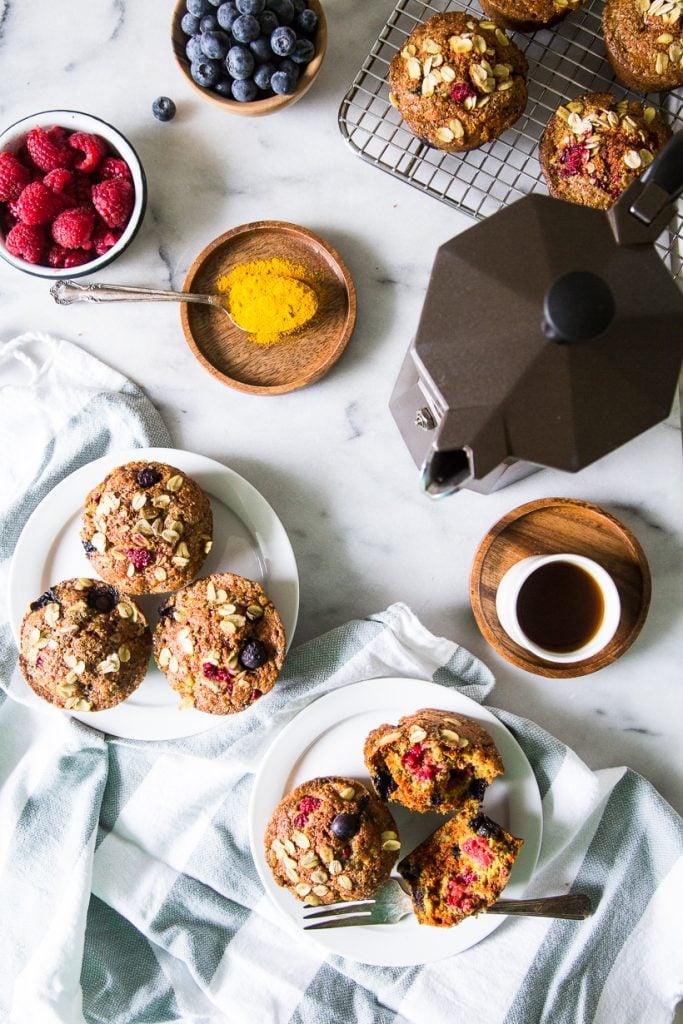
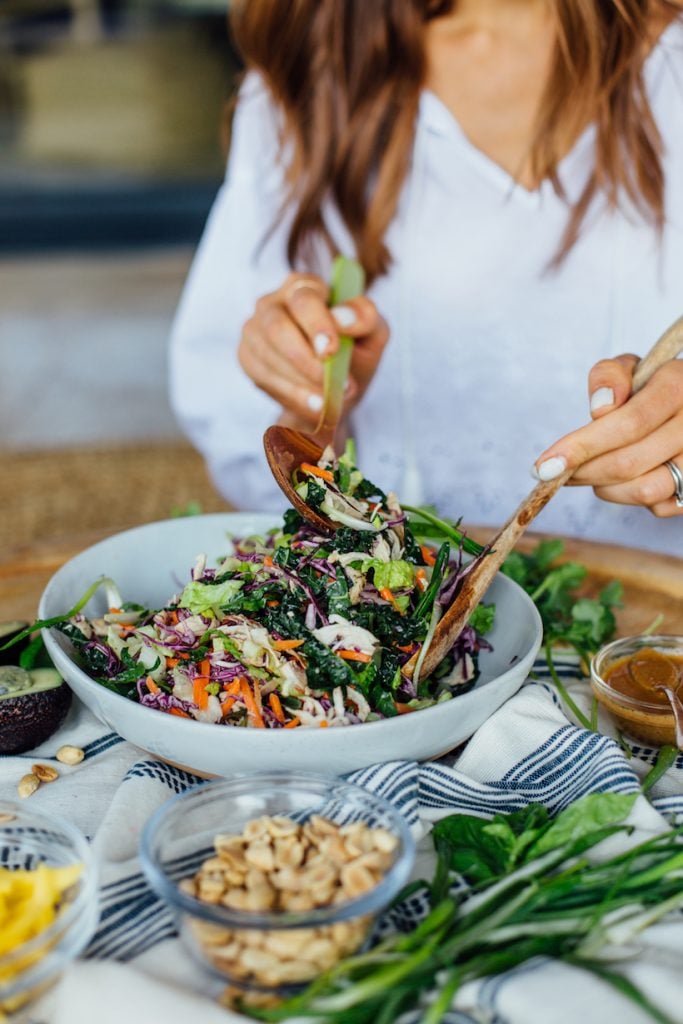
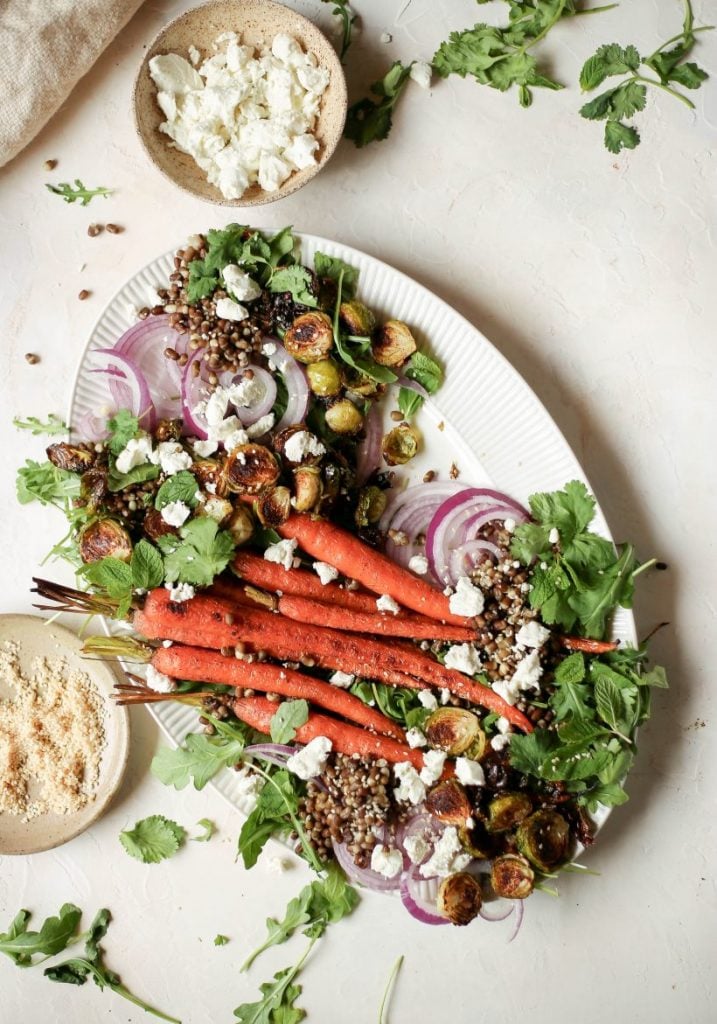
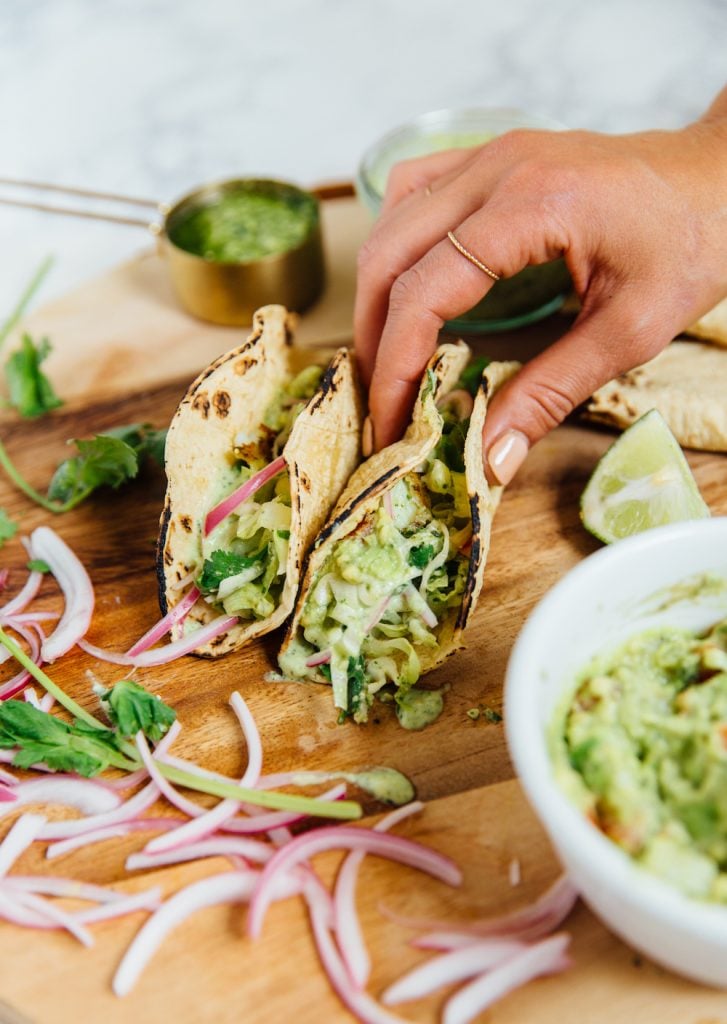


Even if you don’t have skin care concerns, it’s important to see a dermatologist (at least once per year!). It’s also important to understand how diet affects your skin. A healthy diet may provide you with clearer skin, but it may even prevent skin cancers, like melanoma or carcinoma.